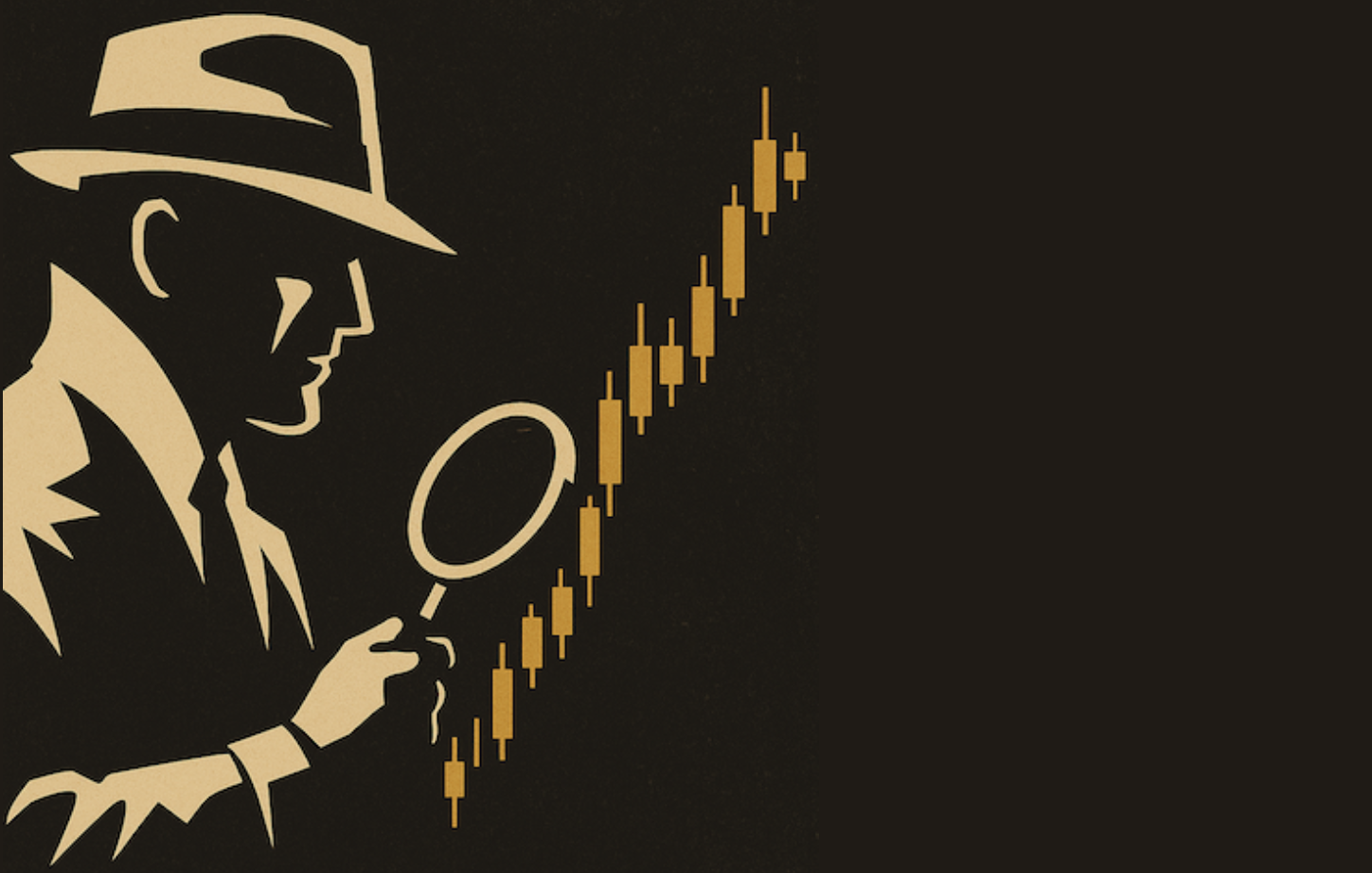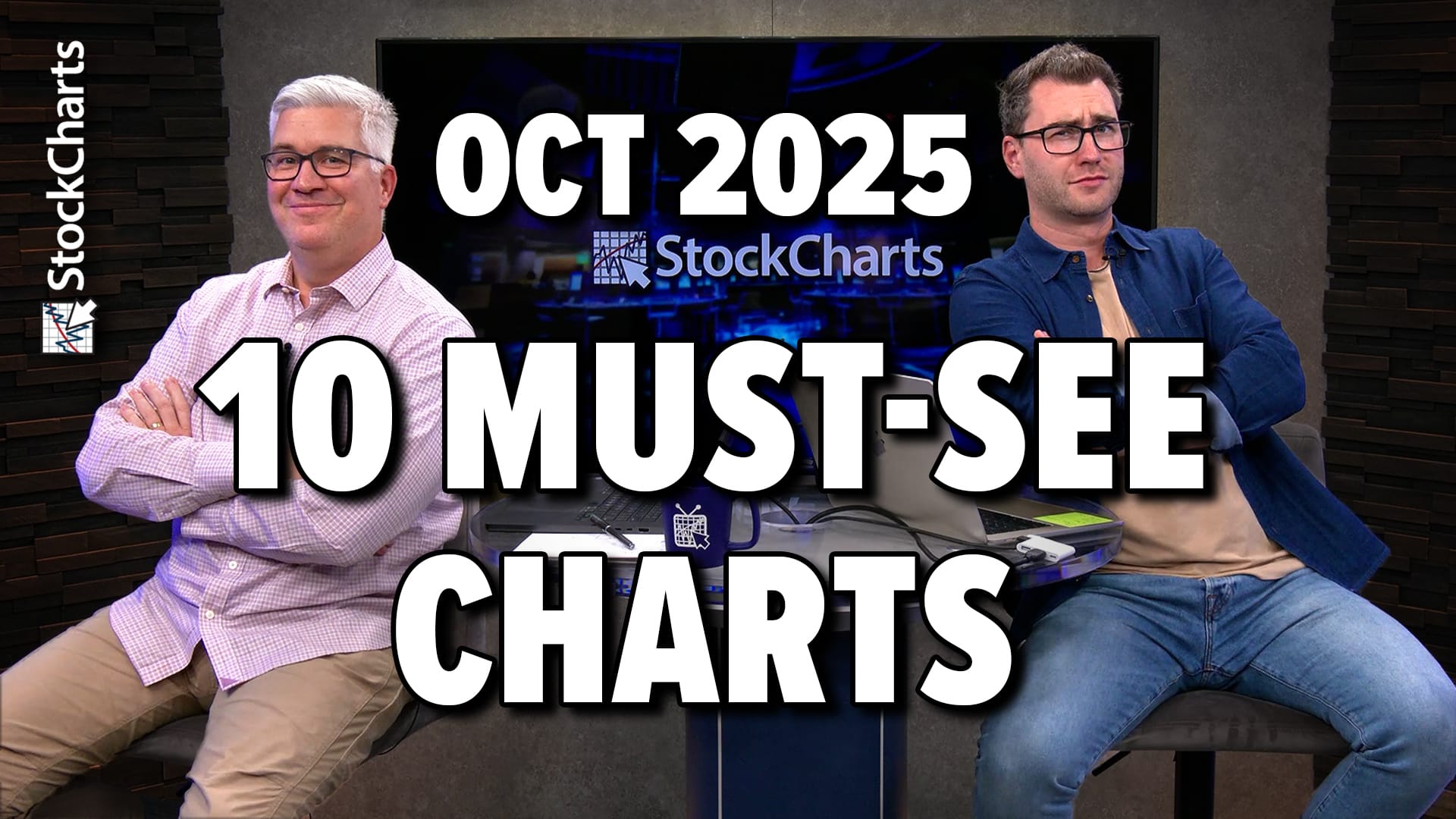DELL BLASTS OFF -- NASDAQ BREAKS RESISTANCE -- GOOD MARKET LEADERSHIP -- MORE DOW P&F BUY SIGNALS -- AN OIL SERVICE BUY SIGNAL
DELL DOES IT... The last time I wrote about Dell on October 6 I drew the same two lines shown in Chart 1 and identified them as a bullish "triangular" pattern. A flat upper line and a rising lower line is called an "ascending triangle" which almost always leads to higher prices. In this case, it certainly did. A bullish report issued after Thursday's close launched a huge rally today on massive volume. In the process, Dell completed a decisive bullish breakout from a yearlong trading range. A minimum upside target can be got by measuring the height of the triangle (37-31) which is 6. Adding that to the breakout point at 37 gives an initial target to 43. The monthly bars in Chart 2 show that 43 is also a 62% retracement of the 2000-2001 decline. Judging from the power of today's liftoff, however, I think Dell could make a run at its old high near 60. Dell's strong action helped the Nasdaq Composite Index clear an important chart hurdle.

Chart 1

Chart 2
NASDAQ FINALLY BREAKS OUT... The Nasdaq Composite Index accomplished two bullish breakouts today. It not only broke through its summer high at 2055; it also closed above its April high at 2079. And it did so on very strong volume. That's a bullish combination and puts the Nasdaq on the way to its early 2004 peak near 2150. And it's doing it while in an overbought condition. Its 14-day RSI line has been trading over 70 all week. That concern, however, is alleviated by the rising ADX line shown under the chart. A rising ADX line implies a strong trend. It's currently at 36 and still has a ways to go to reach its old peak in the high 40's. The green Directional Index (+DI) line is well above the red (-DI) line and the two lines are diverging. That's a good sign. While we can't ignore overbought oscillator readings, they're usually not enough to stop a market rally until the ADX line starts moves well over 40 and starts to turn down. We're not there yet. Notice also that the (blue) 50-day average is moving up towards the (red) 200-day line. A upside crossing by the blue line would be another positive trend development. The S&P 500 has already done that.

Chart 3
S&P MOVING AVERAGES CROSS POSITIVE... There was some recent concern about the fact that the (blue) 50-day average had fallen under the (red) 200-day line in the S&P 500. Fortunately, that potentially worrisome trend has been reversed. This week's upside breakout pushed the faster 50-day line over the slower 200-day. And it looks like the 200-day average is starting to rise again, which is another positive sign. The S&P also achieved two bullish breakouts. One was its ability to close over its early 2004 peak near 1163. The other is shown on the monthly bars in Chart 5. That longer range picture shows the S&P 500 also closing above its early 2002 peak at 1177. That puts the large-cap benchmark index at a new three-year high. A few weeks back I gave an upside target to the 1240-1250 region, the latter number representing a 62% retracement of the previous bear market (see horizontal lines). A full two-thirds retracement, which is also possible, would carry the S&P to 1300. Coincidentally, that's closer to the next resistance level formed early in 2001 (see red circle). I wouldn't be surprised to see the S&P reach the higher number.

Chart 4

Chart 5
THE RIGHT KIND OF LEADERSHIP... It's hard to find something not to like about the current rally. The market is breaking through resistance barriers on rising volume. We're in the strongest three- and six-month periods of the year. And, leadership is coming from the right places -- as shown on the next three charts. Small cap leadership is good for the market for two reasons. First, small cap leadership is a sign of market optimism. Second, it helps market breadth (because there are more smaller stocks than larger ones). Chart 6 shows the Russell 2000 Small Cap Index closing at a new all-time high. Its relative strength line has been rising since the rally began a couple of months ago. I suggested a few weeks back that large caps usually follow the small caps higher. That's what's happening. Brokerage stocks are also leading indicators for the market. That's why Chart 7 carries good news. It shows the Broker/Dealer Index closing in on its old high with a rising relative strength line. Then there are the retailers (Chart 8). After under performing the market all year, the relative strength line for the Retail Holders ETF bottomed during the summer and is breaking a down trendline extending back to the previous summer (see circle). The ETF has also turned up. It seems that consumers are spending again. And that's two-thirds of the economy. That's good leadership.

Chart 6

Chart 7

Chart 8
MORE DOW P&F BUY SIGNALS ... Yesterday I showed a couple of point & figure charts for the Dow that were on the verge of giving buy signals. We got two of them today. Chart 9 shows a p&f chart for the Dow. Today's green x moved above another x column at 10450 to give the third Dow buy signal this month. [A buy signal is generated every time a previous x column is exceeded]. The next upside targets for the Dow are 10550 and 10750. Chart 10 is the Bullish Percent Index (BPI) for the Dow 30. The BPI is the percent of stocks in an index that are on p&f buy signals. The green x has just moved above the previous x column at 60. That's also a buy signal for the Dow, which has been the weakest of the major stock averages. The Dow is also being pulled higher by the other two Dow Averages -- the Transports and the Utilities -- which continue to set new highs.

Chart 9

Chart 10
OIL SERVICE BUY SIGNAL ... Earlier in the week I suggested it might be time to tiptoe back into the oil patch. Yesterday, however, I pointed out that no buy signal had yet taken place for the Oil Service group. That changed today. Actually, we got two buy signals today. The green x's in chart 11 show that the Oil Service Holders have gave an initial buy signal today. [Although not shown here, the OIH also closed above its 50-day average on rising volume]. That didn't seem to bother the rest of the market. Maybe that's because crude oil didn't move much. Crude ended down 10 cents at $47.32. That left its p&f chart unchanged. Chart 12 shows that oil needs to rise to 49.50 to turn its short-term trend back up. Even if oil bounces from $47 (where's there's chart and trendline support), I believe that it would probably stay in a trading range through the balance of the year. That shouldn't upset the market too much. So, as I suggested earlier in the week, enjoy the market ride at least into January.

Chart 11

Chart 12













